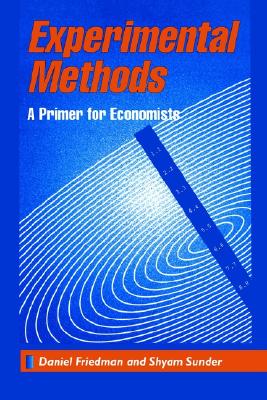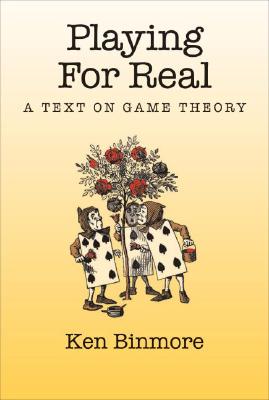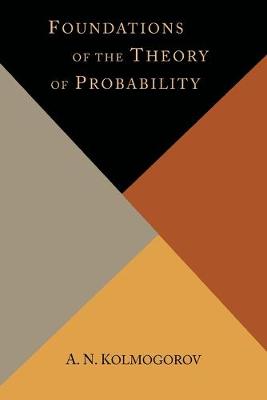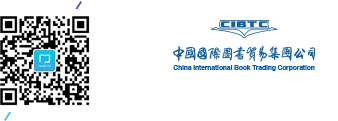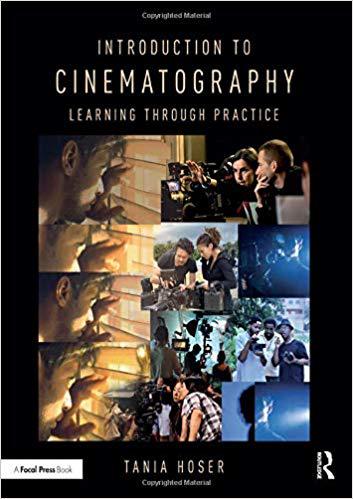
Introduction to Cinematography:Learning Through Practice
摄影导论:通过实践学习
电影
¥
671.25
售 价:
¥
537.00
优惠
平台大促 低至8折优惠
发货周期:预计5-7周发货
- 图书详情
- 目次
- 买家须知
- 书评(0)
- 权威书评(0)
图书简介
Introduction to Cinematography offers a practical, stage-by-stage guide to the creative and technical foundations of cinematography. Building from a skills-based approach focused on professional practice, cinematographer and author Tania Hoser provides a step-by-step introduction for both cinematographers and camera assistants to the techniques, processes, and procedures of working with cameras, lenses, and light. She provides hands-on insight into negotiating with production constraints and understanding the essentials of the image workflow from shot to distribution, on projects of any scope and budget.
Richly illustrated, the book incorporates exercises and sample scripts throughout, exploring light, color, movement, ‘blocking’, and pacing scenes. The principles and techniques of shaping and controlling light are applied to working with natural light, film lamps, and, as with all areas of cinematography, to low budget alternatives. This makes Introduction to Cinematography the perfect newcomer’s guide to learning the skills of cinematography that enables seamless progression from exercises through to full feature shoots. Assessment rubrics provide a framework to measure progress as the reader’s ability to visually interpret scripts and enhance the director’s vision develops.
The book also teaches readers:
- To understand and develop the combination of skills and creativity involved in cinematography;
- Photographic principles and how they are applied to control focus exposure, motion blur, and image sharpness;
- To identify the roles and skills of each member of the camera department, and how and when each are required during a shoot;
- The order and process of lighting on all scales of productions and the use and application of the four main types of lamps;
- How to use waveforms, false color, and zebras for monitoring light levels, and meters for guiding exposure choices;
本书暂无推荐
本书暂无推荐

